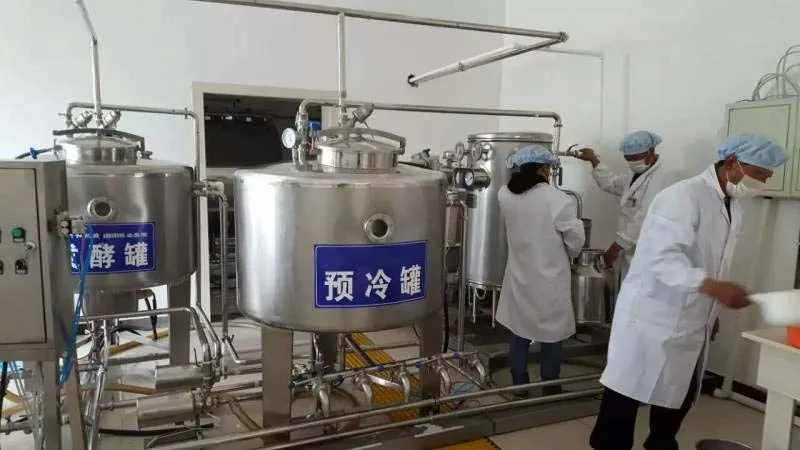What do you know about milk pasteurization process
In the milk pasteurization production process, the milk that has just been squeezed is generally put into the milk tank first and cooled quickly to inhibit the reproduction of microorganisms and prolong the duration of antibacterial milk. The cooled milk needs to be sent to the factory for processing in time. That is, after filtration, purification, cooling, homogenization, sterilization and packaging and other processes, it will become People’s Daily drinking disinfection milk.
Ultra high temperature milk sterilizer – sterilization is an important process for producing sterilized milk. Milk sterilization (sterilization) process, there are two main methods: pasteurization and ultra-high temperature sterilization.
The former is usually done by heating raw milk to 72-80 degrees Celsius for 3-15 minutes, so as to kill the harmful microorganisms in raw milk as much as possible and preserve the taste and nutritional value of milk to the greatest extent.
The latter uses special equipment to heat raw milk to 135-140 degrees Celsius for 1-3 seconds to eliminate all microorganisms in the raw milk.
milk pasteurization machine – pasteurization technology: pasteurization method is microbiologist Pasteur invented in 1863 and popular use in the world up to now. Pasteurian is mild and can kill pathogenic bacteria in milk to ensure food hygiene while retaining or approaching the original characteristics and flavor of milk.
In the whole process from production to consumption, pasteurized milk needs cold chain distribution, and the storage period is very short, generally only 3~7 days, no more than 16 days.
Ultrahigh temperature sterilization technology: ultrahigh temperature (UHT) sterilization is usually used, so the milk sterilized by this method is also called “UHT milk”. The UHT milk described by Anon (1995) of the United Kingdom under the market name pure milk is: the heat treatment of milk should be a continuous process; The heat treatment condition should not be less than 135℃, the holding time should not be less than 1s; All remaining decaying microorganisms and their spores should be killed (commercially sterile).
